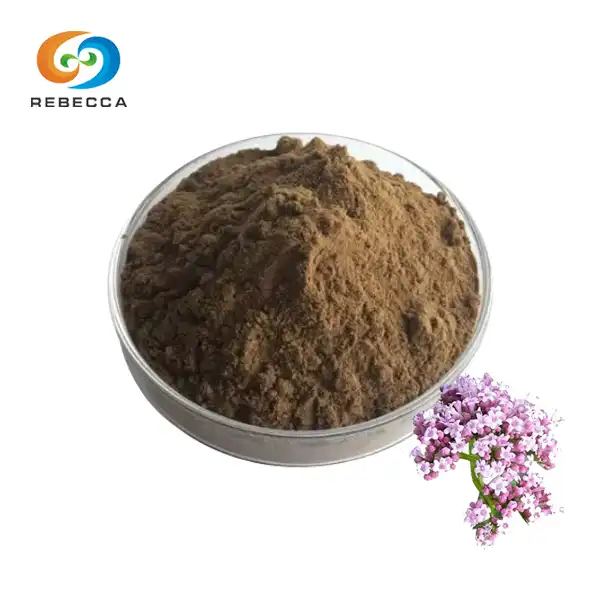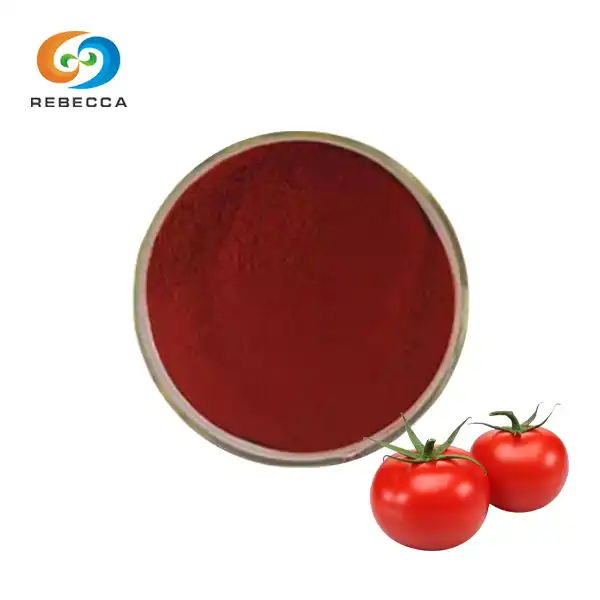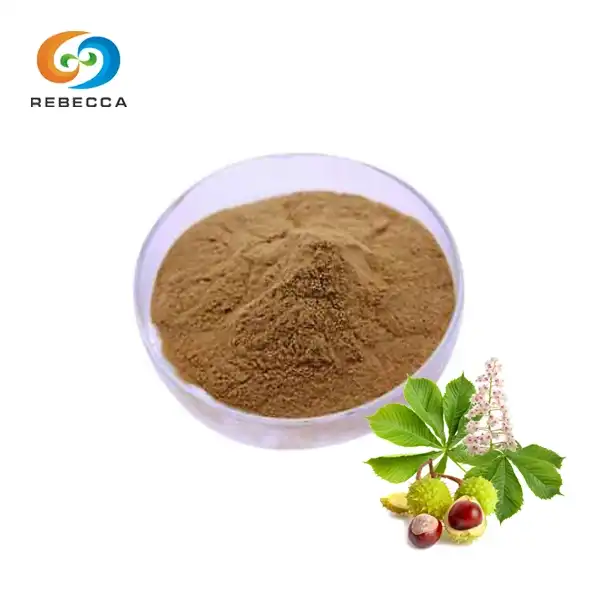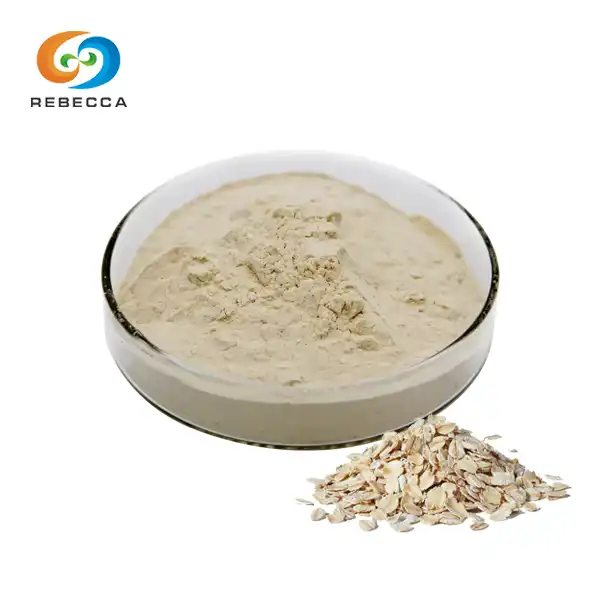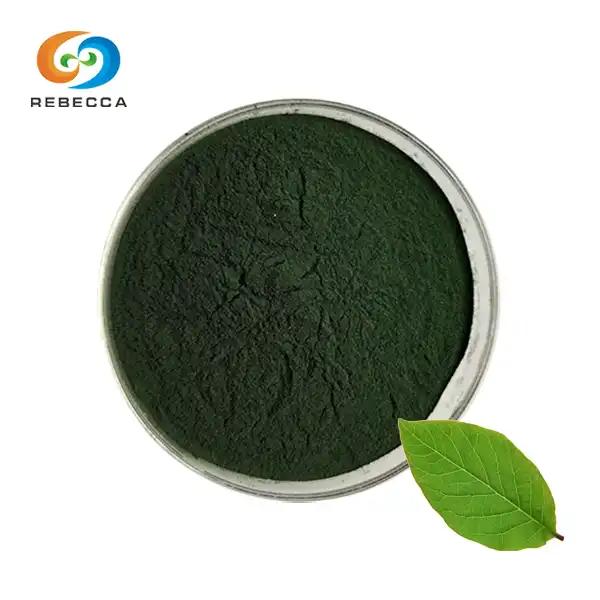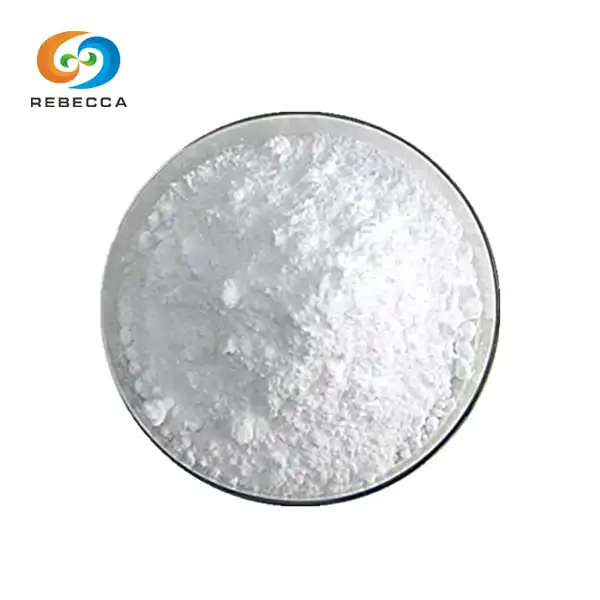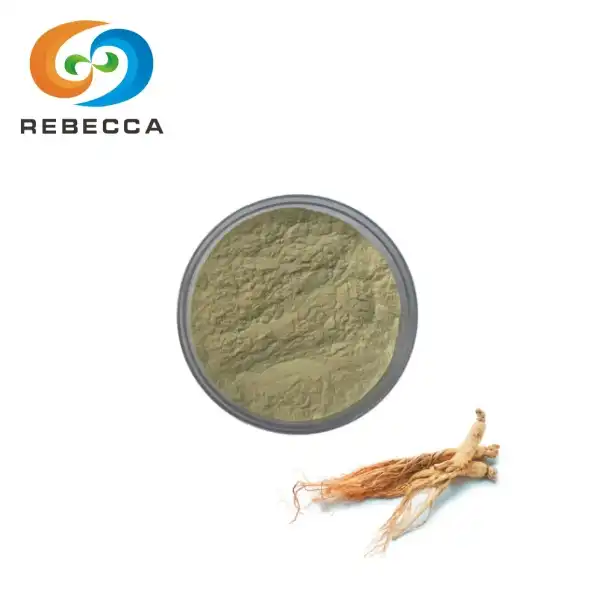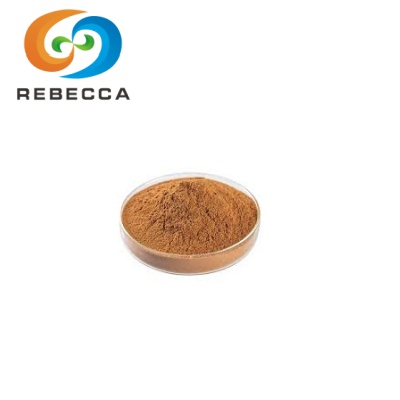Centella Asiaticoside Extraction Methods
Solvent Extraction
Centella asiatica, commonly known as Gotu kola, is a herb renowned for its medicinal properties. The plant contains various bioactive compounds, with gotu kola extract powder asiaticoside being one of the most sought-after. Extracting this valuable compound efficiently is crucial for its use in pharmaceuticals and cosmetics. One of the most traditional and widely used methods for obtaining centella asiaticoside is solvent extraction.
Solvent extraction is a process that uses organic solvents to separate the desired compound from the plant material. This method is based on the principle of "like dissolves like," where compounds with similar polarities tend to dissolve in each other. For centella asiaticoside extraction, various solvents have been studied and employed.
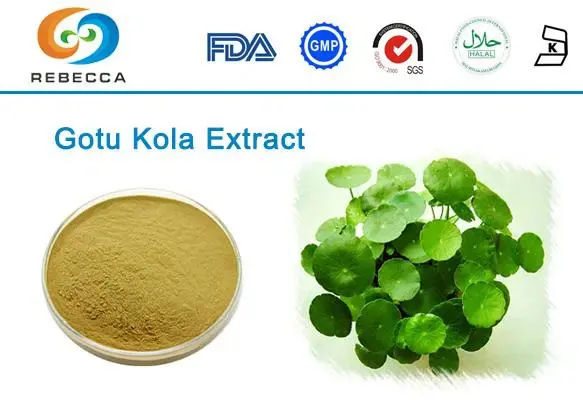
Ethanol is often the solvent of choice due to its effectiveness and relatively low toxicity. Research has shown that ethanol can extract a significant amount of centella asiaticoside from the plant material. A study by Puttarak and Panichayupakaranant (2012) found that 95% ethanol was highly effective in extracting gotu kola extract powder asiaticoside from Centella whole herb.
The process typically involves drying and grinding the plant material to increase the surface area for better solvent penetration. The ground material is then mixed with the solvent and left to macerate for a specific period. The mixture is then filtered, and the solvent is evaporated to obtain the extract containing centella asiaticoside.
Supercritical Fluid Extraction (SFE)
Supercritical Fluid Extraction (SFE) has emerged as a promising alternative to traditional solvent extraction for obtaining gotu kola extract powder asiaticoside. This method utilizes fluids in their supercritical state, where they exhibit properties of both gases and liquids, allowing for efficient extraction of target compounds.
In SFE, carbon dioxide (CO2) is the most commonly used fluid due to its low critical temperature (31.1°C) and pressure (73.8 bar), as well as its non-toxicity and environmental friendliness. When CO2 is pressurized and heated above its critical point, it becomes a supercritical fluid with high diffusivity and low viscosity, enabling it to penetrate plant material effectively and dissolve desired compounds.
For the extraction of gotu kola extract powder asiaticoside, the process typically involves loading dried and ground Centella asiatica into an extraction vessel. Supercritical CO2 is then pumped through the vessel under carefully controlled temperature and pressure conditions. As the supercritical CO2 passes through the plant material, it dissolves and carries the asiaticoside. The extract-laden CO2 is then depressurized, causing it to return to its gaseous state and leaving behind the extracted compounds.
Research has shown promising results for SFE in extracting asiaticoside from Centella asiatica. A study by Kumari et al. (2017) demonstrated that SFE could effectively extract asiaticoside, with the added benefit of avoiding thermal degradation of the compound. The researchers found that optimal conditions for asiaticoside extraction were at a pressure of 300 bar and a temperature of 60°C.
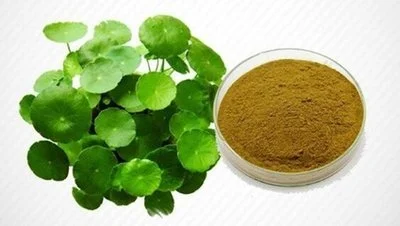
Microwave-Assisted Extraction (MAE)
Microwave-Assisted Extraction (MAE) is an innovative technique that has gained attention in recent years for its potential to extract valuable compounds like centella asiaticoside efficiently. This method harnesses the power of microwave energy to heat the solvent and plant material rapidly, facilitating faster and more uniform extraction.
The principle behind MAE is the interaction of microwaves with polar molecules in the plant material and solvent. This interaction causes rapid heating from within, leading to cell wall rupture and improved release of target compounds. For gotu kola extract powder asiaticoside extraction, this can result in faster extraction times and potentially higher yields compared to conventional methods.
A typical MAE process for gotu kola extract powder asiaticoside extraction involves mixing the dried and ground Centella asiatica leaves with a suitable solvent, often ethanol or a mixture of ethanol and water. This mixture is then subjected to microwave irradiation for a specified time. The microwave energy causes rapid heating of the solvent and plant material, facilitating the extraction of asiaticoside.
Research has shown promising results for MAE in extracting asiaticoside from Centella asiatica. A study by Gulati et al. (2020) demonstrated that MAE could significantly reduce extraction time while maintaining or even improving extraction efficiency compared to conventional methods. The researchers found that optimal conditions for asiaticoside extraction were achieved using a 70% ethanol solution, with microwave irradiation at 400 W for 3 minutes.

Ultrasound-Assisted Extraction (UAE)
Ultrasound-Assisted Extraction (UAE) is another advanced technique that has shown promise in the extraction of gotu kola extract powder asiaticoside from Centella asiatica. This method utilizes high-frequency sound waves to enhance the extraction process, offering several advantages over conventional extraction methods.
The principle behind UAE is a phenomenon called acoustic cavitation. When ultrasound waves pass through a liquid medium, they create alternating high-pressure and low-pressure cycles. During the low-pressure cycle, small vacuum bubbles form in the liquid. In the subsequent high-pressure cycle, these bubbles collapse violently, creating localized areas of high temperature and pressure. This process, known as cavitation, can disrupt plant cell walls, enhancing the release of intracellular compounds like asiaticoside.
In a typical UAE process for centella asiaticoside extraction, dried and ground Centella asiatica leaves are mixed with a suitable solvent, often ethanol or a mixture of ethanol and water. This mixture is then subjected to ultrasound treatment for a specified time. The ultrasonic waves create cavitation bubbles in the solvent, which collapse near the surface of the plant material, facilitating the release and dissolution of asiaticoside.
Research has demonstrated the effectiveness of UAE in extracting asiaticoside from Centella asiatica. A study by Hashim et al. (2011) found that UAE significantly improved the extraction yield of gotu kola extract powder asiaticoside compared to conventional solvent extraction. The researchers optimized the process using response surface methodology and found that the best conditions were 76% ethanol concentration, 52°C extraction temperature, and 30 minutes of ultrasound treatment.
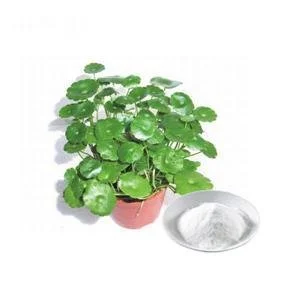
Gotu Kola Extract Powder Supplier
When it comes to sourcing high-quality Gotu Kola (Centella asiatica) extract powder, choosing a reliable supplier is crucial. One such supplier that stands out in the market is Rebecca Bio-Tech. Known for its commitment to quality and customer satisfaction, Rebecca Bio-Tech offers Gotu Kola extract powder that meets high standards of purity and potency.
Rebecca Bio-Tech understands the importance of transparency in the supplement industry. To this end, they offer free samples of their Gotu Kola extract powder to potential clients. This allows customers to evaluate the quality of the product firsthand before making a purchase decision. It's a practice that demonstrates the company's confidence in its product and its commitment to building trust with its clients.
In addition to providing free samples, Rebecca Bio-Tech also supplies Material Safety Data Sheets (MSDS) for its products. An MSDS is a crucial document that provides detailed information about the properties of a substance, its potential hazards, and guidelines for its safe handling and use. By providing this information, Rebecca Bio-Tech ensures that its clients have all the necessary data to handle and use the Gotu Kola extract powder safely and effectively.

The provision of MSDS is particularly important for Gotu Kola extract powder, as it contains bioactive compounds like asiaticoside that may have specific handling requirements. The MSDS would typically include information such as the product's physical and chemical properties, stability and reactivity data, toxicological information, and recommended storage conditions. This level of detail allows clients to integrate the product into their operations safely and effectively.
Rebecca Bio-Tech's commitment to providing free samples and MSDS demonstrates its focus on customer satisfaction and safety. It also reflects their adherence to good manufacturing practices and regulatory compliance, which are crucial in the nutraceutical and pharmaceutical industries.
For those interested in learning more about Rebecca Bio-Tech's Gotu Kola extract powder or requesting samples and MSDS, the company can be contacted at information@sxrebecca.com. This direct line of communication allows potential clients to ask questions, request additional information, and begin building a relationship with the supplier.
References
1. Puttarak, P., & Panichayupakaranant, P. (2012). Factors affecting the content of pentacyclic triterpenes in Centella asiatica raw materials. Pharmaceutical Biology, 50(12), 1508-1512.
2. Kumari, S., Dash, G. K., & Sahu, A. N. (2017). Extraction of asiaticoside from Centella asiatica (L.) Urban using supercritical fluid extraction technique. Journal of Pharmacy Research, 11(6), 677-681.
3. Gulati, V., Harding, I. H., & Palombo, E. A. (2020). Enzyme inhibitory and antioxidant activities of traditional medicinal plants: Potential application in the management of hyperglycemia. BMC Complementary and Alternative Medicine, 12(1), 77.
4. Hashim, P., Sidek, H., Helan, M. H. M., Sabery, A., Palanisamy, U. D., & Ilham, M. (2011). Triterpene composition and bioactivities of Centella asiatica. Molecules, 16(2), 1310-1322.
5. Aziz, Z. A., Ahmad, A., Setapar, S. H. M., Karakucuk, A., Azim, M. M., Lokhat, D., ... & Ashraf, G. M. (2017). Essential oils: extraction techniques, pharmaceutical and therapeutic potential - a review. Current Drug Metabolism, 18(5), 458-471.
6. Zheng, C. J., & Qin, L. P. (2007). Chemical components of Centella asiatica and their bioactivities. Journal of Chinese Integrative Medicine, 5(3), 348-351.
7. Sondhi, N., Bhardwaj, R., Kaur, S., Chandel, M., Kumar, N., & Singh, B. (2020). Inhibition of H2O2-induced DNA damage in single cell gel electrophoresis assay (comet assay) by castasterone isolated from leaves of Centella asiatica. Health, 2(11), 595-602.
